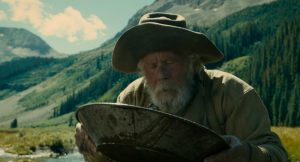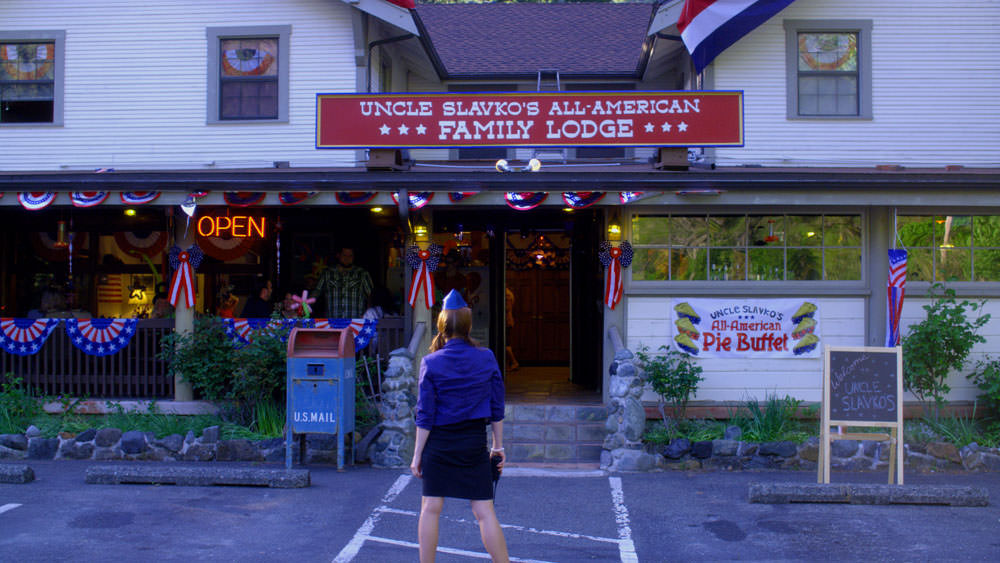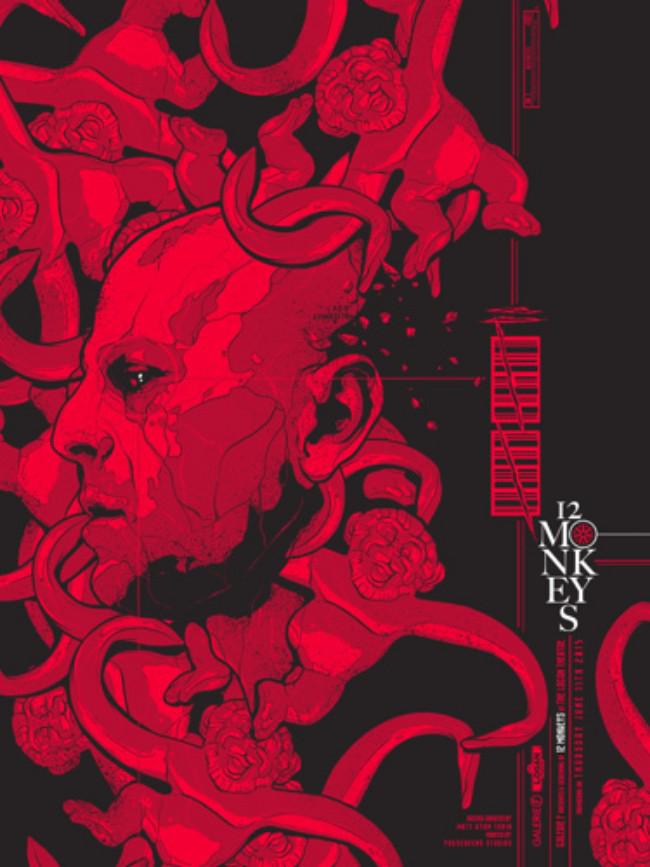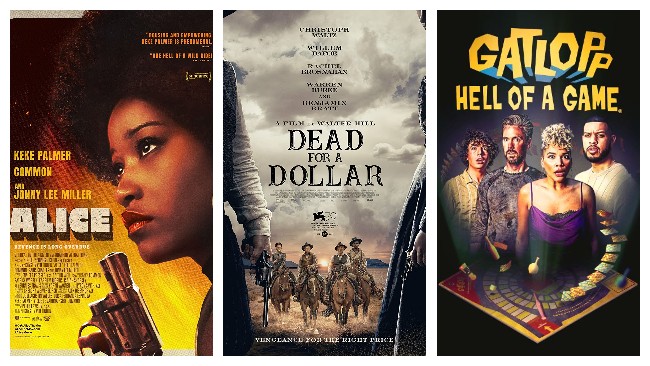Best of the Western in 2018
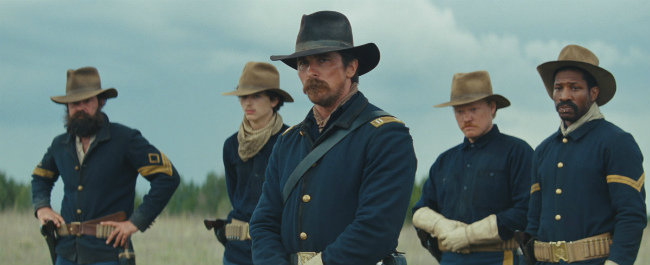
The Western Past
It wasn’t long after Thomas Edison’s Kinetoscope and the Lumiere Brothers’s Cinemtographe projected the first moving images onto a screen audiences were being entertained by the Western.
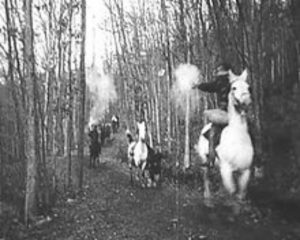
The Western genre took off during the Classic Hollywood era (1915-1935). Roughly 1800 feature Western films were made. John Ford’s 1939 classic Stagecoach, and Raoul Walsh’s The Big Trail (1930) Cecil B. DeMille’s The Plainsman (1936), and The Arizonian (1935) thrilled audiences with their straight good guys wear white hats, bad guys wear black hats stories.
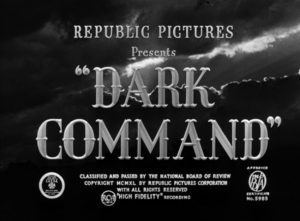
The number of Westerns decreased in the coming years and decades. However, during the years of 1940 to 1970 the Western genre was in full bloom. These years I refer to as the Golden Age of the Hollywood Western because the decades saw the release of a multitude of classic Western movies.
The 1940’s saw the releases of classics like My Darling Clementine and Angel and the Badman. The 1950’s saw the release of classic Westerns like High Noon (1952), Shane (1953), John Ford’s epic The Searchers (1956) and Howard Hawk’s Rio Bravo (1959). The 1960’s gave us the violent The Wild Bunch and the Paul Newman/Robert Redford team of Butch Cassidy and the Sundance Kid. The 1970s had classics like The Outlaw Josey Wales and McCabe and Mrs. Miller.
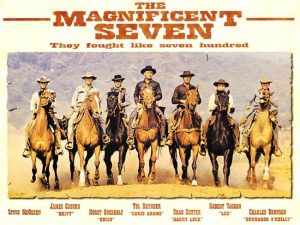
The 1980’s saw a serious decline in the number of Westerns released, but the quality of good Western movies was still present. The world discovered Kevin Costner in Silverado. Some members of the Brat Pack turned the Western into pop culture with Young Guns and Clint Eastwood was back in the role of shadowy figure with no past in Pale Rider.
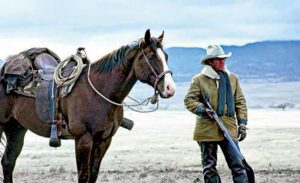
When it seemed Hollywood had stopped making Westerns two Westerns in the 90’s, Kevin Costner’s Dances with Wolves (1990) and Clint Eastwood’s Unforgiven (1992), won Best Picture and Best Director Oscars. Dances with Wolves won seven Academy Awards. Gene Hackman won his second Oscar for the role of Little Bill Daggett.
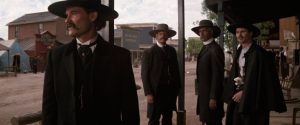
The past twenty plus years has seen a serious decline in the number of Westerns made. Audiences don’t turn out for the Western like they once did. However, this does not mean the Western is no longer made. Quality has replaced quantity. The Western hasn’t disappeared in the 21st Century its been transformed. In 2018, directors and screenwriters showed there was still life in the Western.
WOMAN WALKS AHEAD
Woman Walks Ahead is the story of Catherine Weldon who travels to the Standing Rock Reservation to paint a portrait of Sitting Bull. While on her mission to paint Sitting Bull she runs afoul of Silas Groves and James McLaughlin. Groves has been dispatched by the US Army to facilitate a treaty between the Army and the Sioux. Basically, Groves and the military want to seize more of the Sioux’s land.
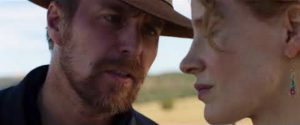
It’s a beautifully shot film. In Woman Walks Ahead, Cinematographer Mike Eley has captured the West not what it looks like now, but what it may have looked like at the time the movie is set. At times, the mountains and the plains seem to almost crowd scenes and become characters themselves. Although not nominated for an Oscar Eley’s shots were some of the best in 2018.
As usual, Sam Rockwell as Silas Groves turns in another great performance. If he’s not careful though he may become typecast as the go to actor when a movie calls for a racist or bigot. Jessica Chastain, for her part, does well as the character of Catherine Weldon. Most actors would be tempted to play Weldon as over the top and to highlight pro-feminist aspects of the character. Chastain does neither. Instead, she lets the character speak for herself.
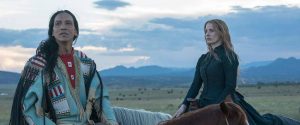
Unfortunately, Women Walks Ahead gets caught up in its own beauty and becomes basically another white people, or in this case a white woman, save a people of color. It’s The Help of the 19th Century. The movie could have been more and said more than to promote the fallacy that white people are the only people who can save the oppressed. It’s a notion that hearkens back to the old Westerns where Native Americans were only seen as scalp hunters.
HOSTILES
Hostiles came out in early 2o18, January 26th to be precise, to much critical acclaim and Oscar buzz. Critics couldn’t help but to compare it with another movie about a soldier who heads out west, Dances with Wolves. One reviewer said it was “A landmark experience not soon forgotten.” To say audiences forgot about Hostiles would mean audiences knew about the film to forget. The Academy, whose memory only goes back a few months before the Oscar ceremony, never gave it a second glance.
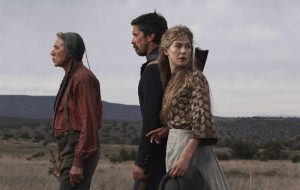
Hostiles, however, is no Dances with Wolves nor does it try. Captain Joseph Blocker (Christian Bale) is ordered to escort Chief Yellow Hawk and his family Valley of the Bears, Montana. A veteran of the US/Indian Wars, Blocker wants nothing to do with the assignment. However, he’s given the choice between escorting the family back to their home or losing his pension. It’s not much of a choice.
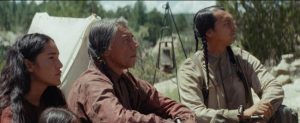
Hostile is defined by Webster Dictionary as “of or relating to an enemy” and “having an intimidating, antagonistic, or offensive nature.” Everything in Hostiles is hostile. From the moment Blocker, Thomas Mertz (an excellent performace by Rory Chochrane) and a select few soldiers leave on their journey they are met by all kinds of hostility.Always in the background is Blocker’s own hostile past.
Ultimately, Hostiles asks “Who is the hostile?”
A RECKONING/ANY BULLET WILL DO
Indie director Justin Lee had a good 2018. The director released not one but two Westerns in 2018. An independent director releasing one movie in a year is an accomplishment, but releasing two is almost a miracle. Lee’s two Westerns range from good to best left unwatched.
A Reckoning, set in Oregon, and Any Bullet Will Do, set in Montana, are two movies asking the same question with different results. In A Reckoning, Mary O’Malley goes after the man who killed her husband. In Any Bullet Will Do, bounty hunter Hollis Ransom hunts down his brother who killed his wife.
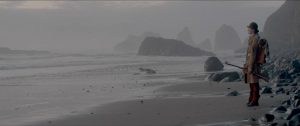
Both movies ask “Are you capable of killing a man?” and “what will revenge do to a person?” A Reckoning answers the question quite nicely. The answer is given the right circumstance most people are capable of killing someone, but not with the feel good afterglow you thought it would give. Along the way there are some great shots caught on film and a few performances worth watching and some that are cringe worthy at best. In Any Bullet Will Do the question is asked but the answer comes from out of left field and isn’t supported with anything that happens in the movie.
Between Lee’s two movies A Reckoning is the better one to watch. Even some of the bad performances (The award goes to Todd Robinson as Jebediah Thorne) don’t detract from the overall movie as it does in Any Bullet Will Do. Any Bullet Will Do is riddled with cardboard performances. Adding insult to injury, screenwriter Justin Lee has his characters saying things he thinks people may have said in the 1800’s. “Slow as molasses,” “Sam Hell,” “dimly lit lanter,” “balls bigger than eagle’s eggs,” and “done cheated the Grim Reaper” are only a few cringe worthy lines throughout the movie.
Watch A Reckoning and leave Any Bullet Will Do alone.
THE SISTERS BROTHERS
The Sisters Brothers is one of the best Westerns to come out in the 21st Century. You may think that’s not saying much because there haven’t been many Westerns released since 2000. Let me remind you John Hillcoat’s The Proposition, Andrew Dominik’s The Assassination of Jesse James by the Coward James Ford, The Coen Brothers’s True Grit, John Maclean’s Slow West, S. Craig Zahler’s Bone Tomahawk, and Kelly Reichardt’s Meek’s Cutoff, to name a few, have all come out this century. Yes, The Sisters Brothers is in good company.
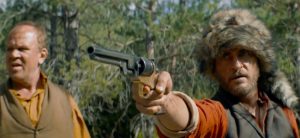
John C. Reilly’s Ely is a character under pressure. Reilly keeps it simmering until the end when it’s time for him to explode.
Joaquin Phoenix and John C. Reilly play Charlie and Eli Sisters, the Sisters Brothers. They’re hired killers for the Commodore, played by Rutger Hauer in a blink and you’ve missed him role. Their reputation as cold-blooded killers precedes them wherever they go. It’s a reputation Charlie likes because it usually means free booze and women. Eli, on the other hand, has become dissatisfied with the life of a hired killer.
Jake Gyllenhaal and Riz Ahmed round out the phenomenal cast. John Morris, Gyllenhaal, is a scout for the Commodore. He finds the men who the Commodore feels have slighted him in some way. Morris finds these people and the Sisters Brothers do the killing. Herman Warm, Ahmed, is one such man who the Commodore thinks has done him wrong. The wrong in this case is not sharing Warm’s formula for detecting gold in rivers.
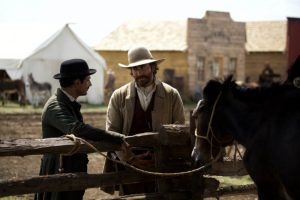
This time Morris doesn’t turn the hunted man over to the Sisters Brothers. Morris and Warm become friends who bond over the lure of gold and Warm’s talk of a Utopian, almost communist, community in Texas. Warm also wins the brothers over. Against their better judgement the brothers don’t kill either Warm or Morris. Instead, they join them on finding gold and wanting a better place to exist.
The ending isn’t your typical Western ending. There are no shootouts or last stands being made. It’s more of an ending one would see in The Searchers than Unforgiven. Through0ut the movie Charlie and Ely were at odds with each other. The ending, a seamless edit showing the passage of time from room to room in their mother’s small farm house, says everything will be okay with the brothers.
DAMSEL
Damsel, directed by David and Nathan Zellner, is a Western by way of Wes Anderson and the Coen Brothers (Yes, we know they’re on this list with another movie). It’s a quirky movie that starts out with Robert Forester stripping himself of his pastor clothes and throwing them to Henry (played by director David Zellner) who goes on to impersonate a parson. Things get weird from the moment Robert Forester disappears wearing nothing but his union suit.

Parson Henry, the fake parson, is hired by Samuel Alabaster (Robert Pattinson) to officiate his marriage to his one true love, Penelope. Penelope (Mia Wasikowska, Crimson Peak), Alabaster would have Henry believe, was kidnapped by Anton Cornell. To say Alabaster is deluded is putting things mildly, but love can do that to a person.
Damsel is a far departure from David Zellner’s incredible Kumiko, the Treasure Hunter (It’s a must see for fans of the Coen Brother’s Fargo). Kumiko moves from Japan to North Dakota. While on her road trip Kumiko meets a variety of people who aid her on her quest. Damsel is much tighter movie. There are few location changes and even fewer characters than Kumiko.
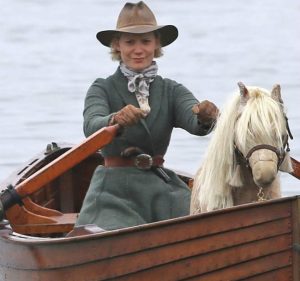
The movie’s success depends on the characters and the actors. Pattinson, Wasikowska, and Zellner deliver characters that could have stepped out of a Wes Anderson movie. They’re unusual characters, but are fitting for a Western not cut from the same cloth as most Westerns.
THE BALLAD OF BUSTER SCRUGGS
The Coen Brothers have managed to encapsulate every Hollywood notion of the West we’ve become to believe is true. The singing cowboy, the lynching, the traveling show, the gold seeker, the wagon train, and the bounty hunter are all represented in The Ballad of Buster Scruggs. Of course they put the Coen Brothers mark on every vignette.
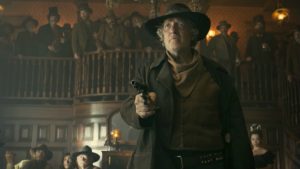
The Ballad of Buster Scruggs could have easily been called Death in Six Installments. From the comedic (“Buster Scruggs,” “Near Algodones”) to the tragic (“The Gal Who Got Rattled,” “Meal Ticket”) to the supernatural (“The Mortal Remains”) death is the connecting theme between all of the stories.
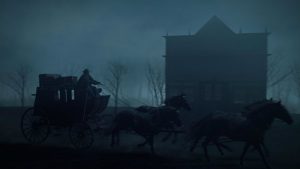
The temptation with any anthology is to rank and/or review every vignette in the movie. To do so with BoBS would be to diminish each installment because each installment is a small masterpiece of its own. How do you argue Tim Blake Nelson causing Clancy Brown’s suicide is better than Liam Neeson’s role in “Meal Ticket?” You honestly can’t.
